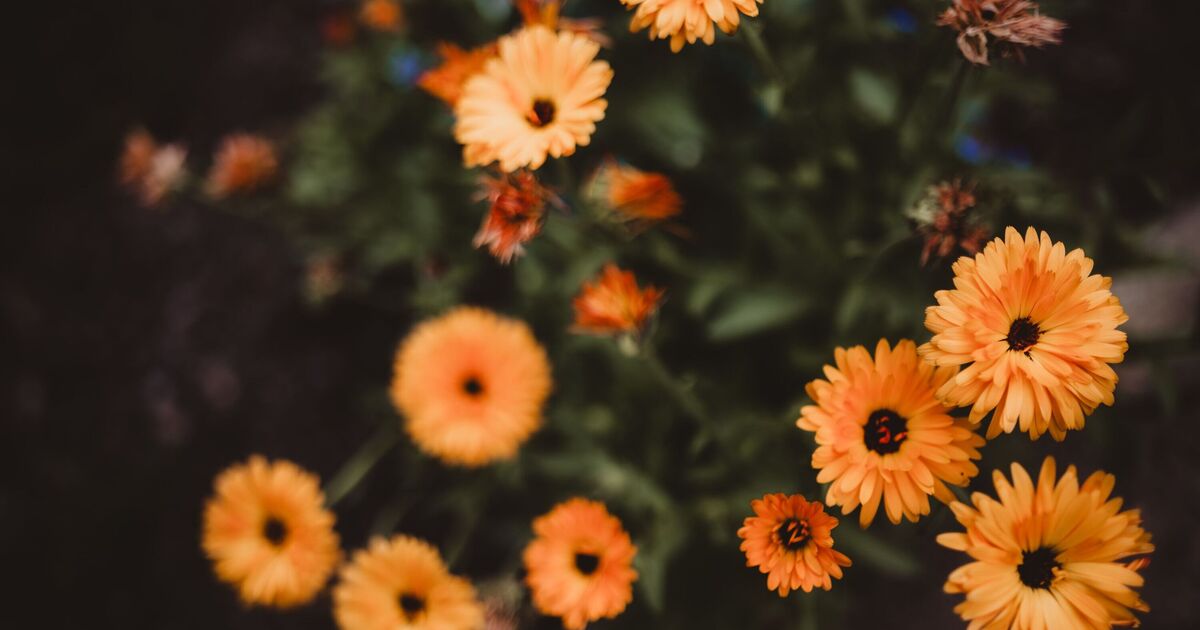A hardy plant with bright flowers can act as a natural garden defender against pests, protecting your vegetables and adding a pop of colour at the same time. Calendula usually produces orange flowers, or sometimes cream, yellow, or pale orange, which sit on low, bushy plants with aromatic foliage.
Gardening expert Nicole Johnsey Burke, who goes by @gardenaryco on Instagram, explained that calendula can help you keep pests away from your crops. “People always ask me how to keep pests out of the garden and here’s the honest truth: you CAN’T! But if you want to grow pest-free veggies there is a solution – calendula,” she said.
The flowers can brighten up your garden and pull “double duty” by attracting pests like aphids away from your vegetables.
Burke called the plant her “secret weapon” and explained that it essentially works as a “trap crop” because instead of attacking your vegetables, pests will stay on the flower.
Calendulas are unfussy plants, RHS says, and they do well in most garden soils, including poor, fry soil. While they can tolerate light shade, they flower best in full sun and wet, overly fertile soil can lead to poor growth.
They tend to bloom in the spring and summer from May to September.
The flowers are also edible with a peppery, bitter taste and can add colour and flavour to dishes like salads and soups. Historically, the flowers were used as medicine and a dye for cosmetics, foods, and fabrics, Wisconsin Horticulture explains.
It suggests harvesting the whole flower tops or just the petals when the flowers have fully expanded – and making sure to pick after any dew has dried. You should then dry in a well-ventilated area out of direct sunlight and store in tightly sealed containers.
When it comes to caring for calendula, you should make sure to water seedlings and young plants regularly for the first few months, RHS advises. Afterwards, they should only need watering in dry or hot spells.
Most of these plants won’t need additional feeding when growing in garden borders, but you could apply a potassium-rich liquid fertiliser to boost flowering.
Calendula tend to be easy plants to care for as long as they’re grown in the right conditions – but bedding and young plants could be attacked by slugs.
Calendula can be planted in the garden or in pots depending on what you prefer, The Spruce says. However, if you’re looking to protect your vegetables and attract pollinators, it may be best to plant it directly in the soil.

